Verulamium Park:
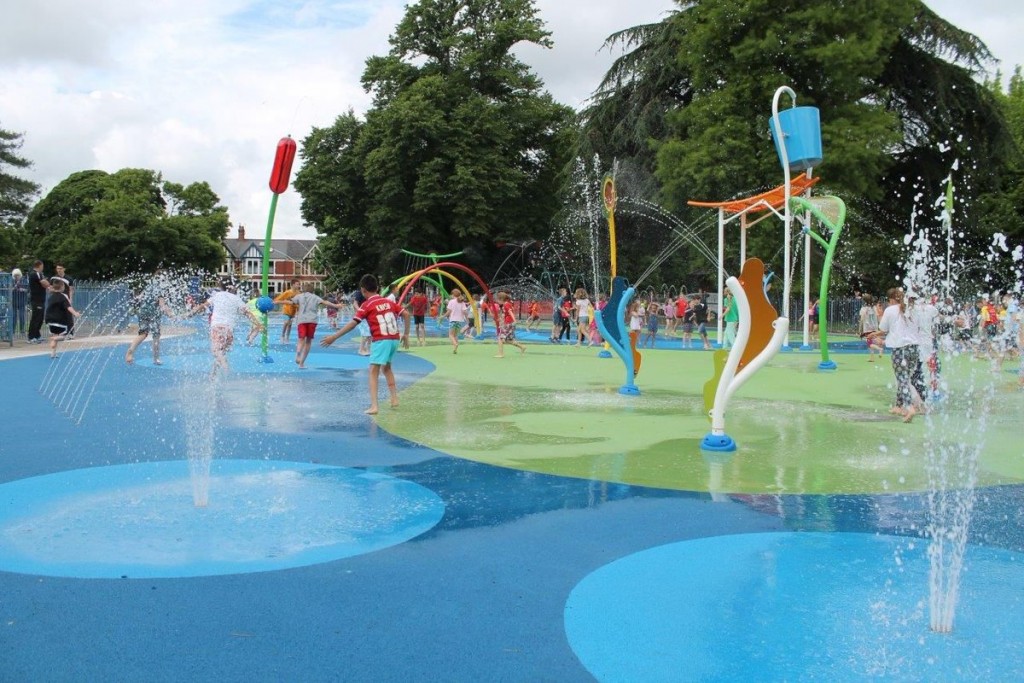
Verulamium Park is situated near the city of St Albans and quite close to the St Albans City Centre. The park lies in the midst of the Ward of Verulam. It is currently holding the land of about 165 acres (66.9 hectares), with several footpath and road links to the countryside surrounding the St Albans district. There are two primary route boundaries of Verulamium park that leads everyone to the St Albans City: King Harry Lane and Bluehouse Hill.
History of Verulamium Park:
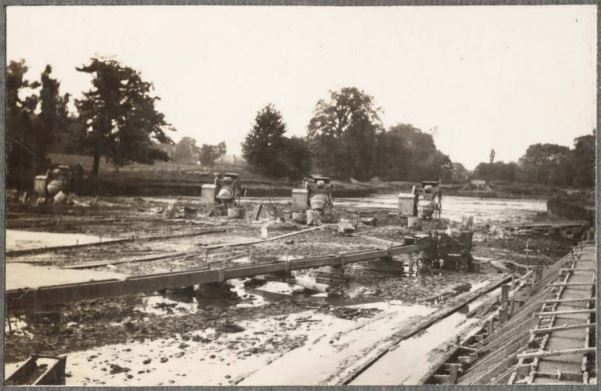
(Photo: Construction of Verulamium Park in 1929)
Despite its Roman authenticity, Verulamium Park was instituted in 1929 on a land that was owned by Earl of Verulam. The city corporation sought an opportunity to refurbish the land as a park and recreational site for the locals of St Albans. The naming history of Verulamium park is related to the Roman city of Verulamium, which is also the land of the park today. Due to the Roman significance, Sir Mortimer Wheeler and Tessa (his wife) excavated ancient Roman artefacts which led them to discover the identity of the land and thus Verulamium Park and Museum in the outskirts were founded.
History of Verulamium Park According to Domesday Book:
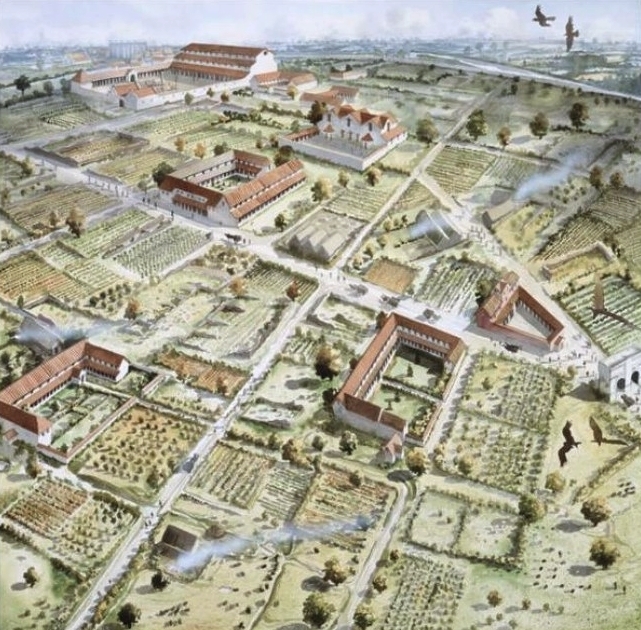
(Photo: City of Verulamium in 300 A.D)
According to Domesday Book Survey of 1080-86, Verulamium was once a flourishing muddy nibbling land. It was mostly filled with grazing and called ‘St Germains Farms’. Sadly, very few people throughout centuries remembered the area by its original name until 1929 when it was sold in £6,500 to the city council.
Landscape and Geography of Verulamium Park:
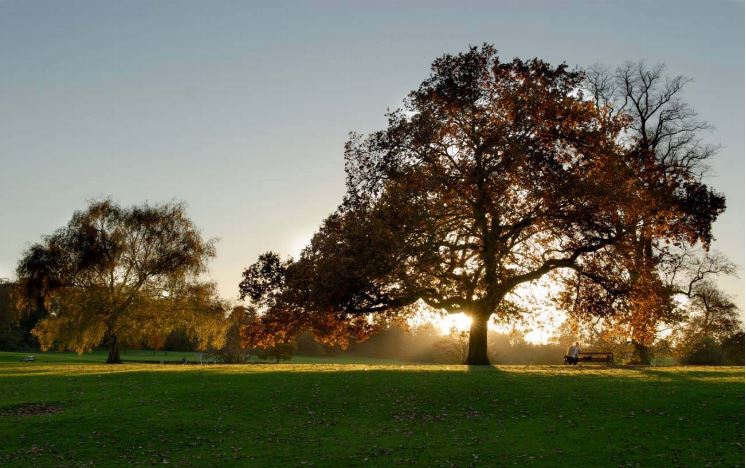
Verulamium Park has several distinctive areas, each attracting the admirers differently. The park is centred with a lake where visitors can relax to enjoy the scenic panoramic view of greenery and lake. There’s a small lake used for boating which allows the visitors to stroll around the park on the water. Most of the park has trees which also line the boundaries of the Verulamium Park. Also, there’s a vast woodland area, situated to the south of the Park adjacent to the City Walls and Roman ditch.
There’s A lot more to offer:
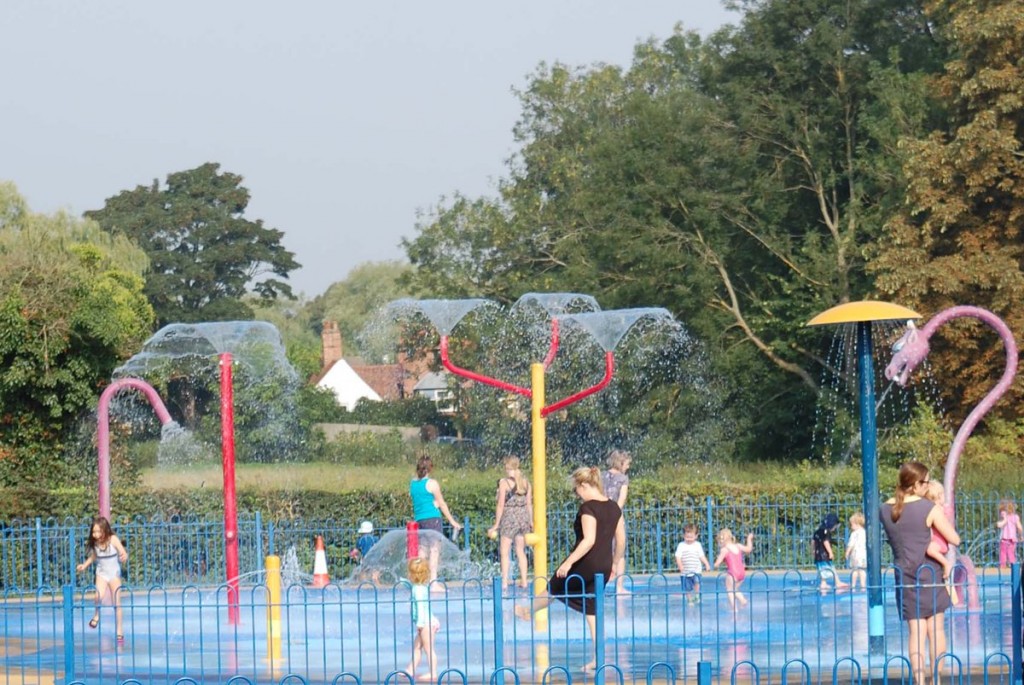
Verulamium Park displays its ornamental lake as one of the leading features of the park. Interestingly, the history tells us that the construction of this featured part was started in 1929 specially to cater unemployed individuals of St Albans during the Great Depression. Enchanting waterbirds like swans, mallards, herons, tufted ducks and much more that fascinate the viewers.

Comments are closed.